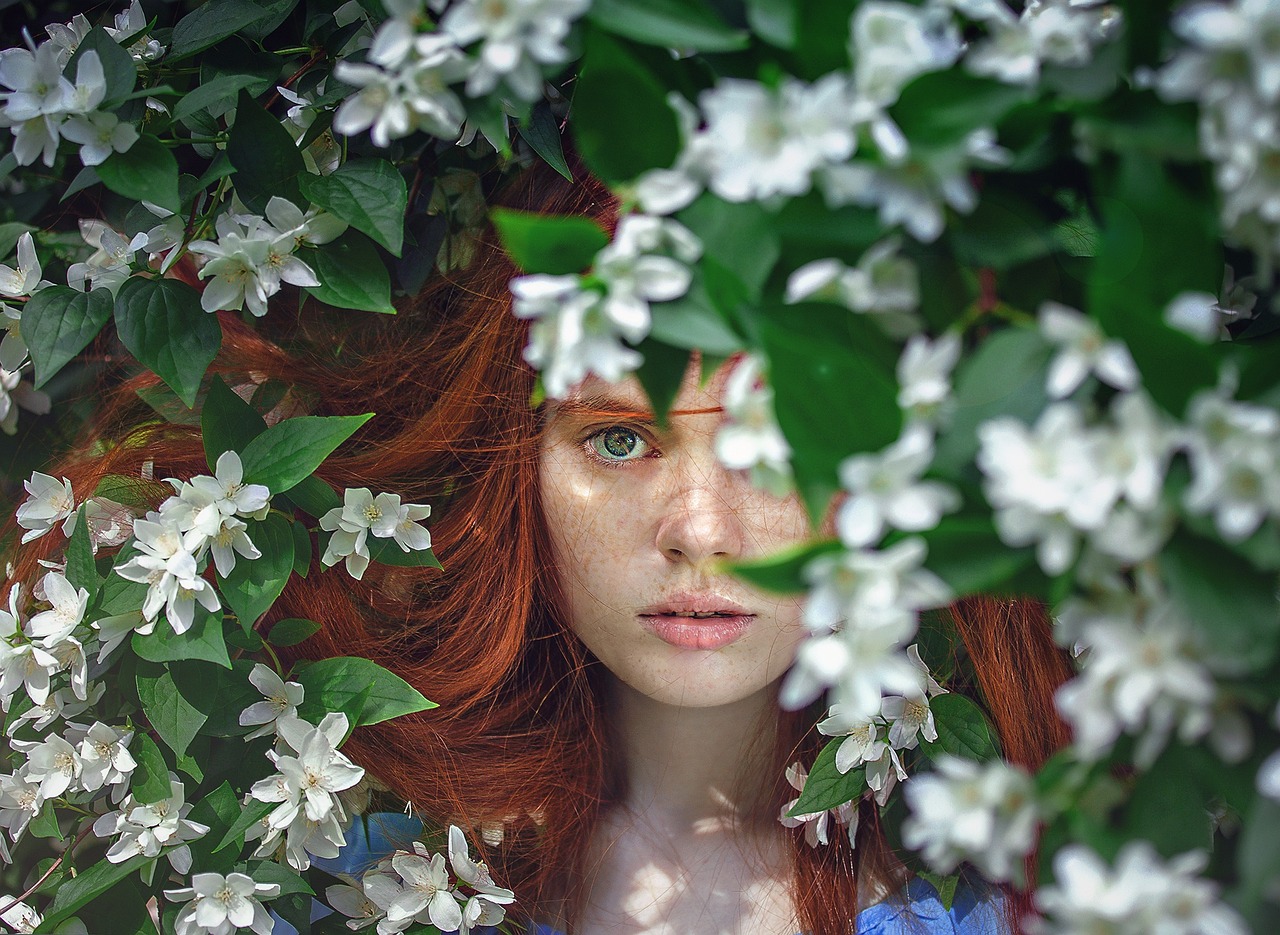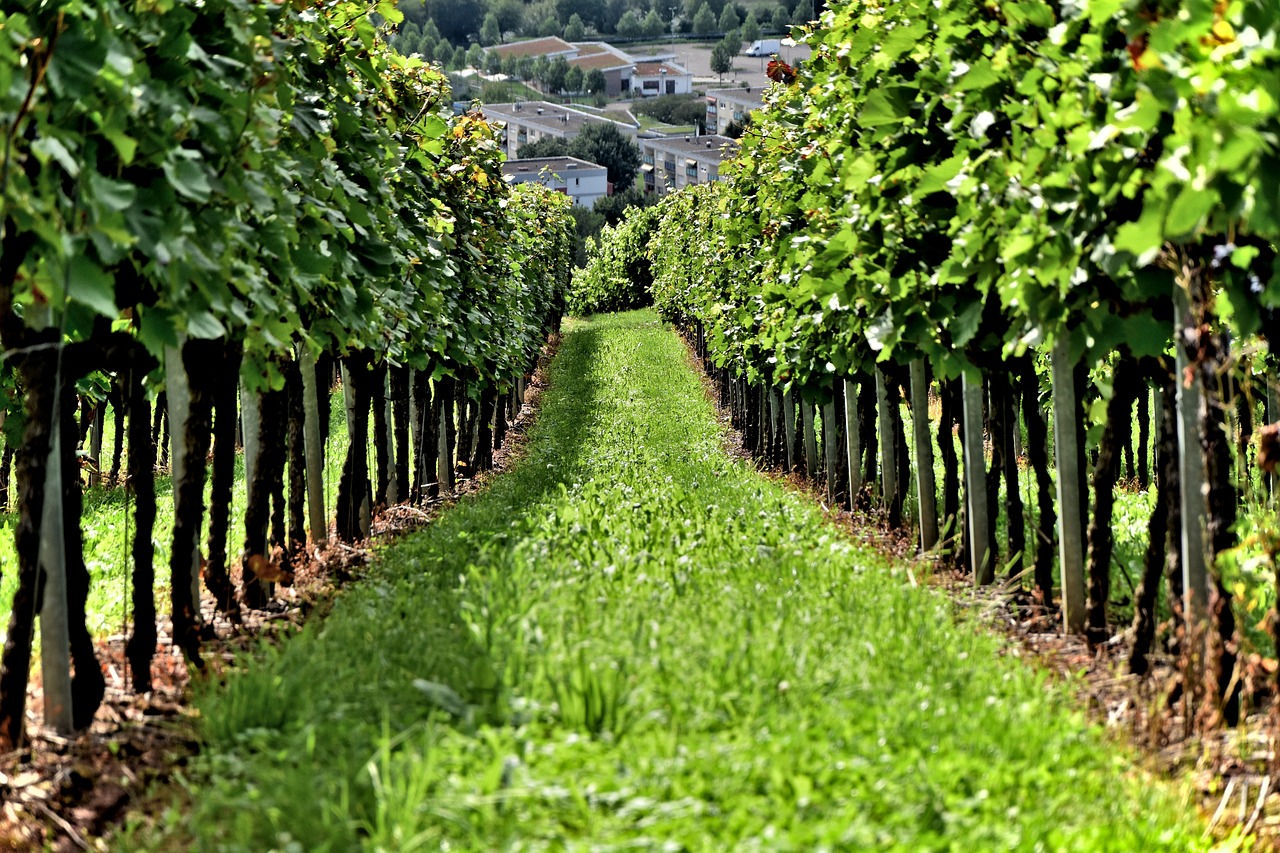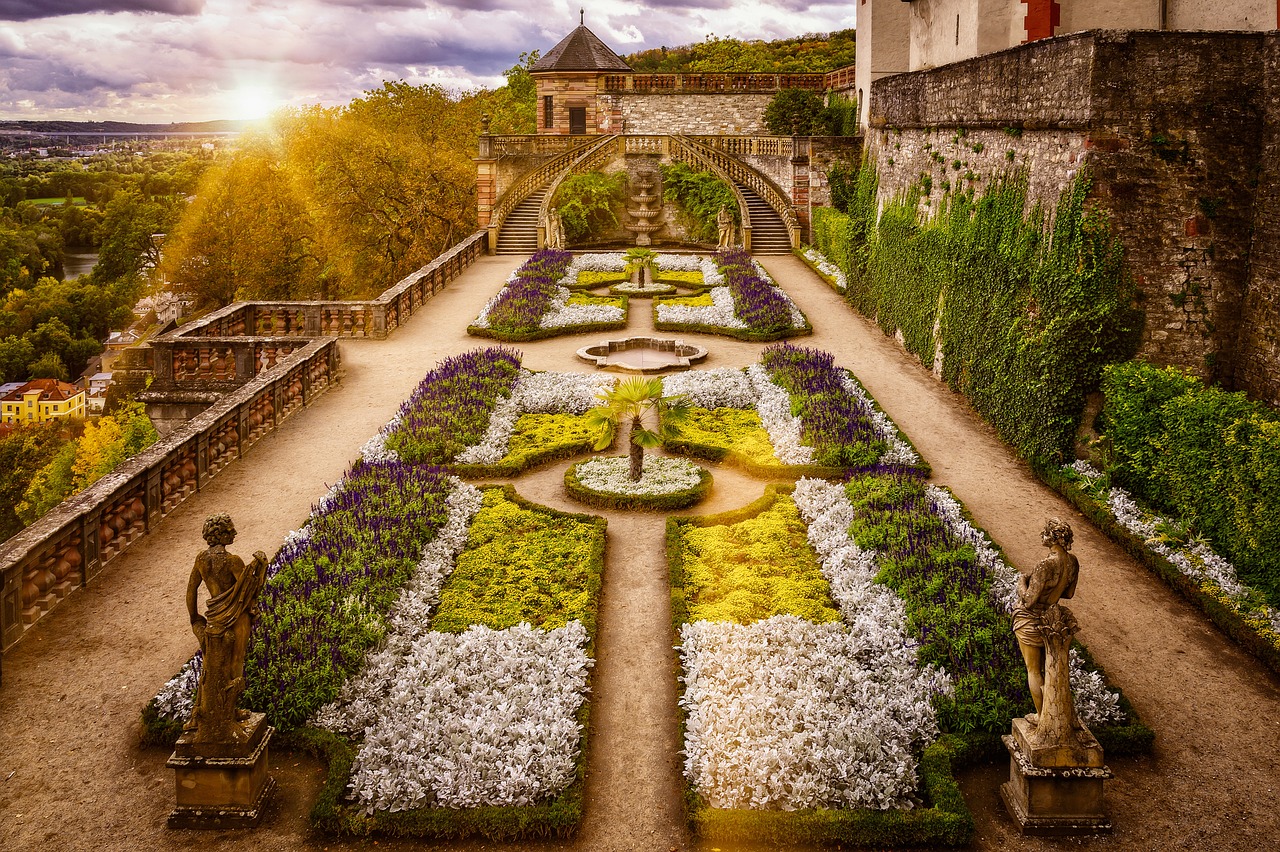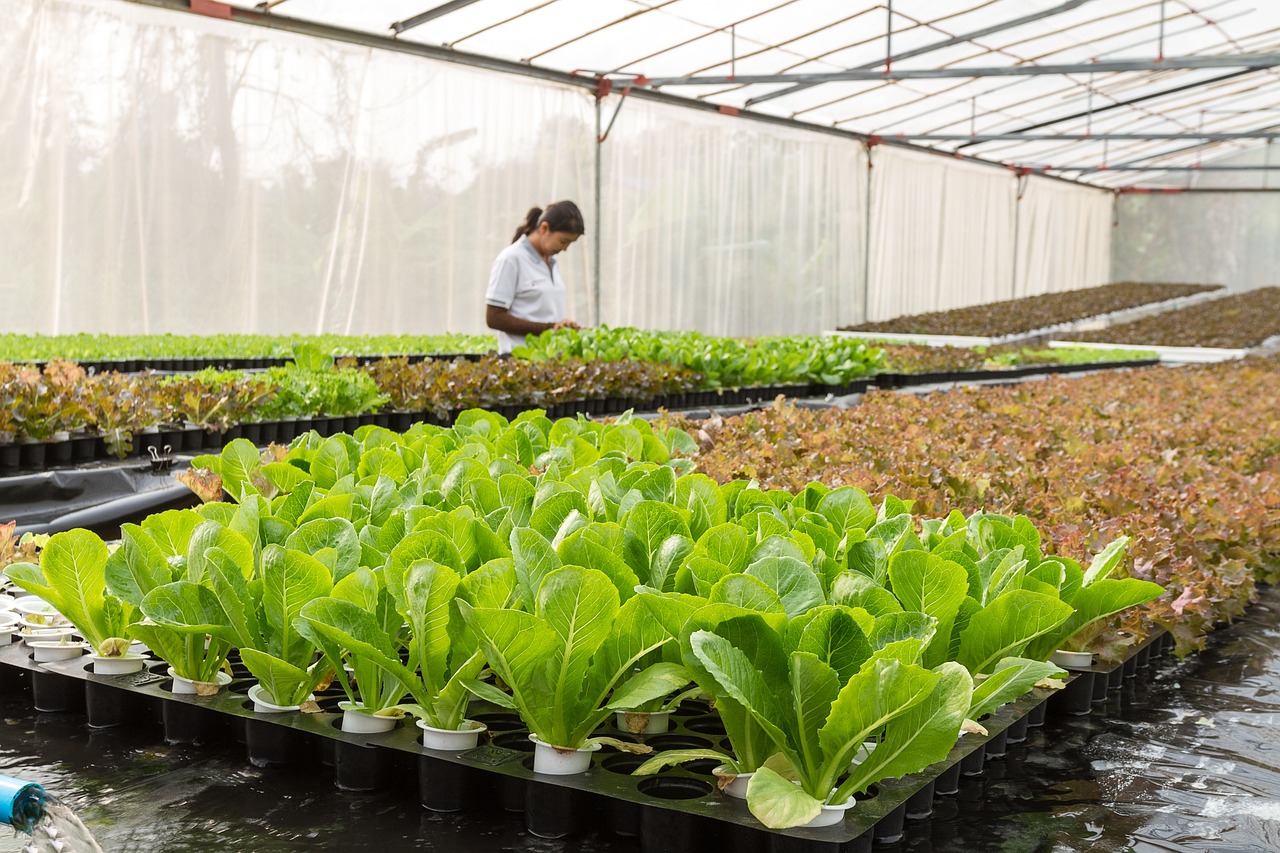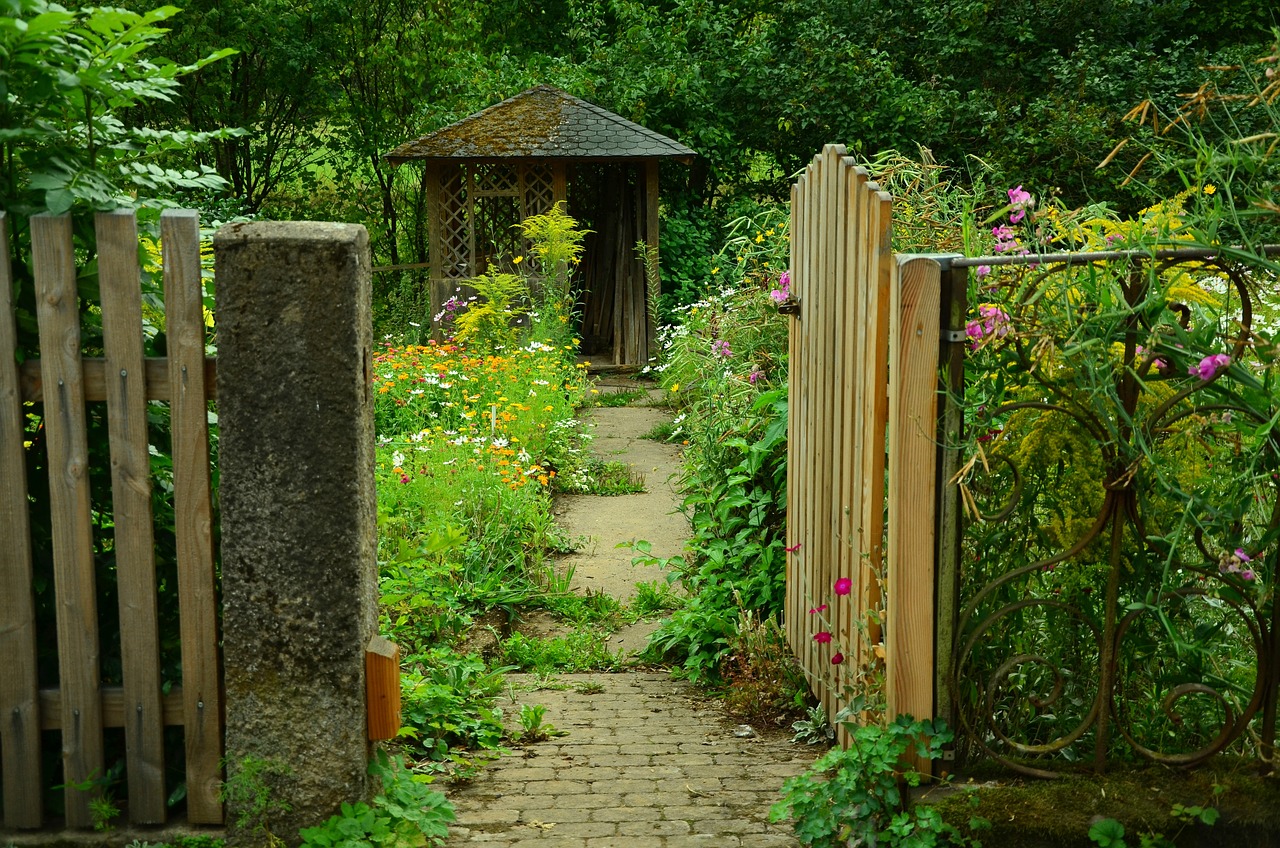Do you want to create a stunning garden that is also beneficial for the environment? Look no further than native plants. These plants have adapted to the local climate and soil conditions, making them more resilient and easier to care for than non-native species.
In addition to their practical advantages, native plants also support local wildlife and ecosystems. By providing food and shelter for birds, butterflies, and other creatures, you can help maintain a healthy ecosystem in your own backyard.
Plus, native plants can add a unique beauty to your garden, with a range of colors, textures, and shapes that reflect the natural landscape. So why not consider incorporating some native plants into your garden design?
The benefits are clear and the results are sure to impress.
Adaptation to Local Climate and Soil Conditions
Don’t just plant any old flower – go for native plants that have adapted perfectly to your local climate and soil! Native plants are highly beneficial for your garden as they have evolved over time to survive in the specific climatic and soil conditions of your area. By planting native plants, you’ll be ensuring their survival and supporting the local ecosystem.
Plant diversity is also a crucial aspect of ecological restoration. Native plants are an essential component of the food chain and provide food and habitat for local pollinators, birds, and other wildlife. By planting native plants, you’ll be promoting biodiversity and creating a balanced environment in your garden.
Additionally, native plants require less maintenance and are more resistant to pests and diseases, making them a practical and sustainable choice for gardening. So, if you want to create a vibrant and thriving garden, consider planting native plants that will adapt perfectly to your local climate and soil.
Resistance to Pests and Diseases
One of the advantages of using indigenous flora is that they have a heightened resistance to common garden pests and diseases. This is because these plants have developed natural defenses to the pests and diseases in their local environment over time.
When you incorporate plant diversity in your garden, you are creating a natural ecosystem that supports beneficial insects and animals that prey on pests, ultimately reducing the need for harmful pesticides.
Plant diversity also helps to prevent the spread of diseases. Monoculture gardens, on the other hand, are more susceptible to disease outbreaks because pests and diseases can easily spread from one plant to another.
By using native plants, you are creating a more resilient garden that is better equipped to handle environmental stressors. This results in a healthier, more sustainable garden that requires less maintenance and is better for the environment.
Reduced Water and Fertilizer Needs
By incorporating indigenous flora into your landscape, you’ll be amazed at how much less watering and fertilizing you’ll need – which means more time to relax and enjoy your beautiful, low-maintenance garden!
Native plants are adapted to the local climate and soil conditions, so they require less water and fertilizer than exotic species. This makes them ideal for water conservation and organic gardening.
In addition to reducing your water and fertilizer needs, using native plants in your garden can also improve soil health. These plants have deep roots that help to break up compacted soil, allowing water and nutrients to penetrate more easily.
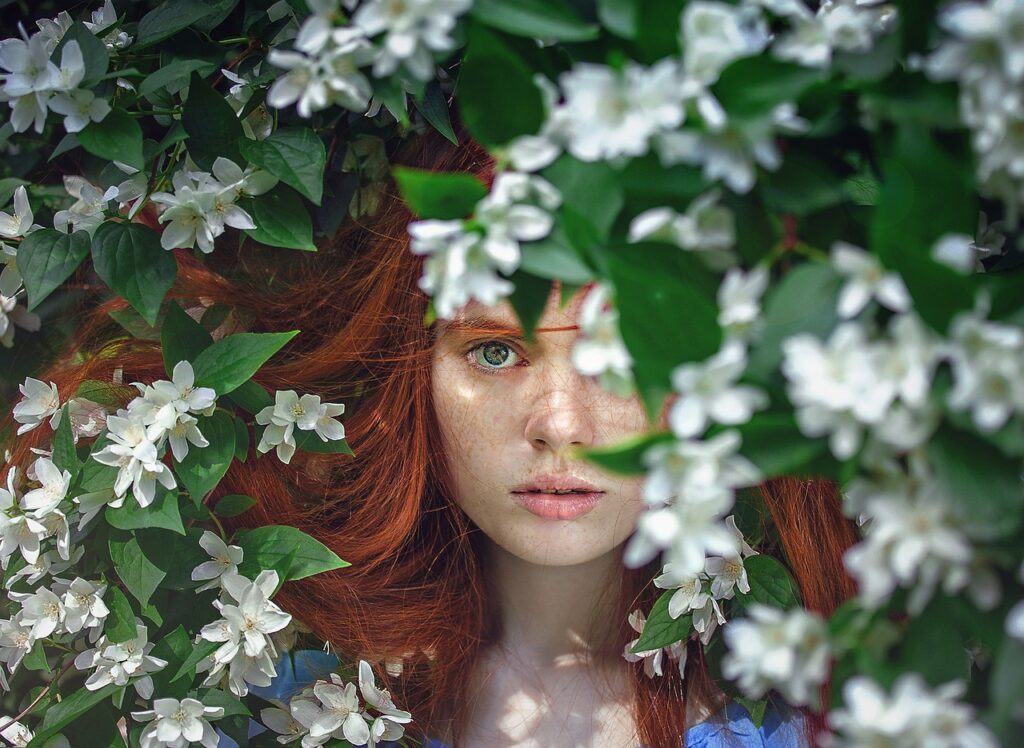
They also provide habitat for beneficial soil organisms like earthworms and mycorrhizal fungi, which help to improve soil structure and nutrient availability. So not only will you save time and money on watering and fertilizing, but you’ll also be doing your part to support a healthy ecosystem in your own backyard!
Supporting Local Wildlife and Ecosystems
You’ll be amazed at the variety of wildlife and ecosystems you can support by incorporating local flora into your landscape. By planting native plants in your garden, you are creating a wildlife habitat that can sustain different species of birds, butterflies, and insects.
These plants provide food and shelter for local wildlife, and they also contribute to the overall health of the ecosystem. Moreover, preserving native plant species is crucial for the environment.
Native plants have adapted to the local climate and soil, making them more resilient to pests and diseases. They also require less maintenance, which means that you can save time and money on gardening.
By planting native species, you are helping to maintain the balance of the local ecosystem and ensuring that future generations can enjoy the benefits of a healthy environment. So, go ahead and incorporate some local flora into your garden to support wildlife and preserve native plant species.
Enhancing the Aesthetics of Your Garden with Native Plants
Transforming your outdoor space with local flora can add a unique and vibrant touch to your landscape design. Not only do native plants thrive in their natural environment, but they also come in a variety of colorful varieties that can enhance the aesthetics of your garden.
By incorporating these plants into your design, you can create a beautiful and sustainable space that attracts wildlife and benefits the local ecosystem. When designing with native plants, it’s important to consider their size, shape, and texture.
Grouping plants with similar growth habits can create a cohesive and visually appealing design. Additionally, using a variety of textures and colors can add depth and interest to your garden. Don’t be afraid to mix and match different plant species to create a unique and personalized look.
With a little creativity and attention to detail, you can transform your outdoor space into a beautiful and functional oasis.
Frequently Asked Questions
How do I identify which native plants are suitable for my garden?
To identify which native plants are suitable for your garden, consider your garden design and soil quality. Choose plants that thrive in your area and match your garden’s aesthetic. You can consult with local garden centers or research online for more information.
Can non-native plants be incorporated into a garden with native plants?
Yes, integrating non-native plants can be done in a garden with native plants. However, it’s important to choose plants that don’t negatively impact the biodiversity benefits of native plants.
Do native plants require more maintenance than non-native plants?
Native plants don’t require more maintenance than non-native plants. In fact, they have many pros in landscaping, including being adapted to local conditions and attracting native wildlife. Some maintenance tips for native plants include pruning, watering, and mulching.
Are there any disadvantages to using native plants in my garden?
Using native plants in your garden has pros and cons. While they benefit the environment and require less maintenance, they may not be as visually appealing as non-native plants and may not thrive in all growing conditions.
How can I attract specific types of wildlife to my garden with native plants?
Attracting specific wildlife to your garden with native plants is a great way to promote biodiversity and wildlife preservation. Research which plants are most attractive to your desired species and plant accordingly.
Conclusion
So, there you have it! Incorporating native plants into your garden has a plethora of benefits.
Not only do they adapt well to local climate and soil conditions, but they also have a higher resistance to pests and diseases, which means less maintenance for you. Plus, they require less water and fertilizer, making them a more sustainable and cost-effective option.
Another great thing about native plants is that they support local wildlife and ecosystems. They provide food and shelter for birds, butterflies, and other beneficial insects.
And let’s not forget about the aesthetic value they bring to your garden! With the wide variety of colors, textures, and sizes available, there’s no doubt that native plants can enhance the beauty of any landscape.
So, why not give them a try and see the positive impact they can have on your garden and the environment?






